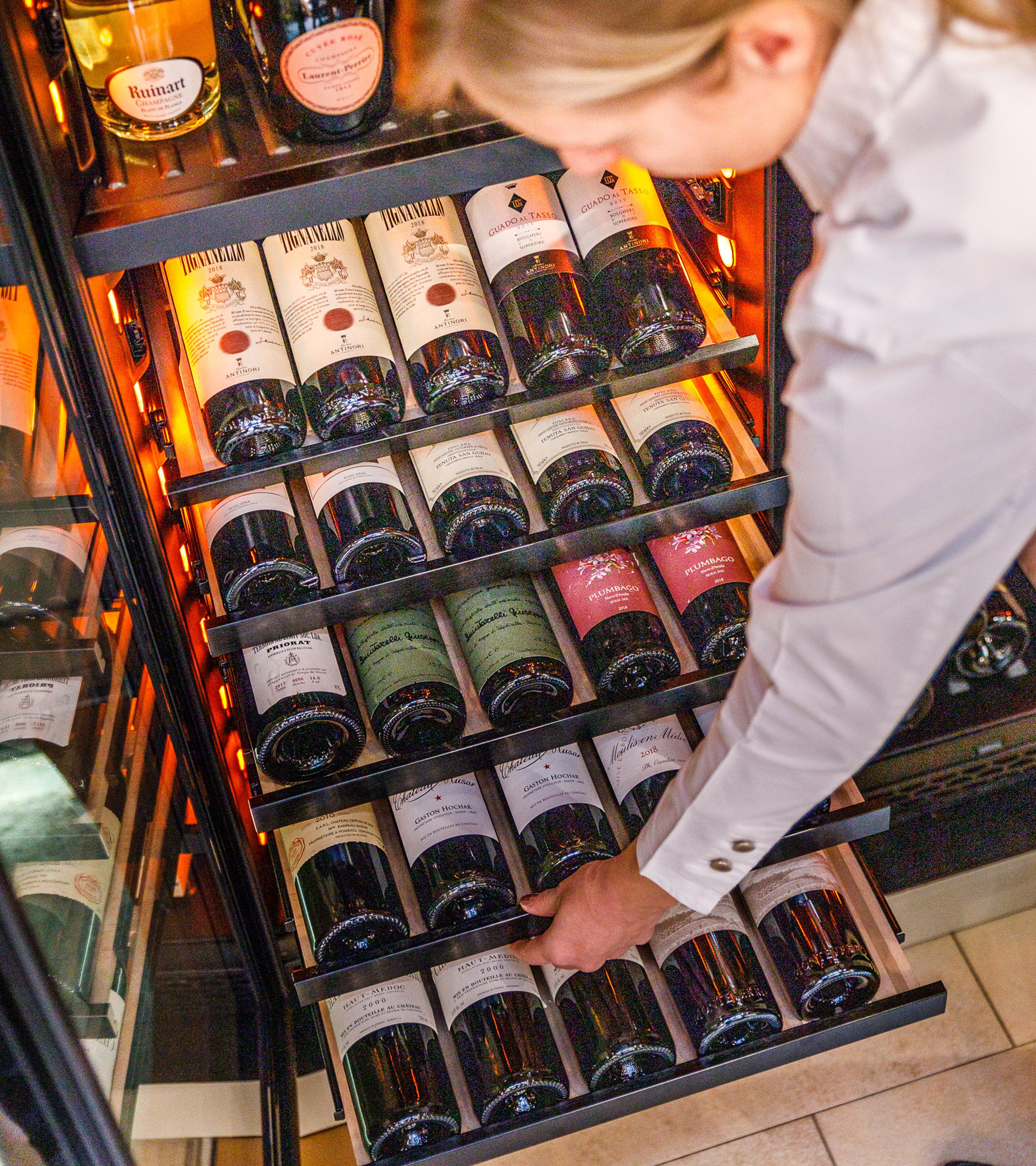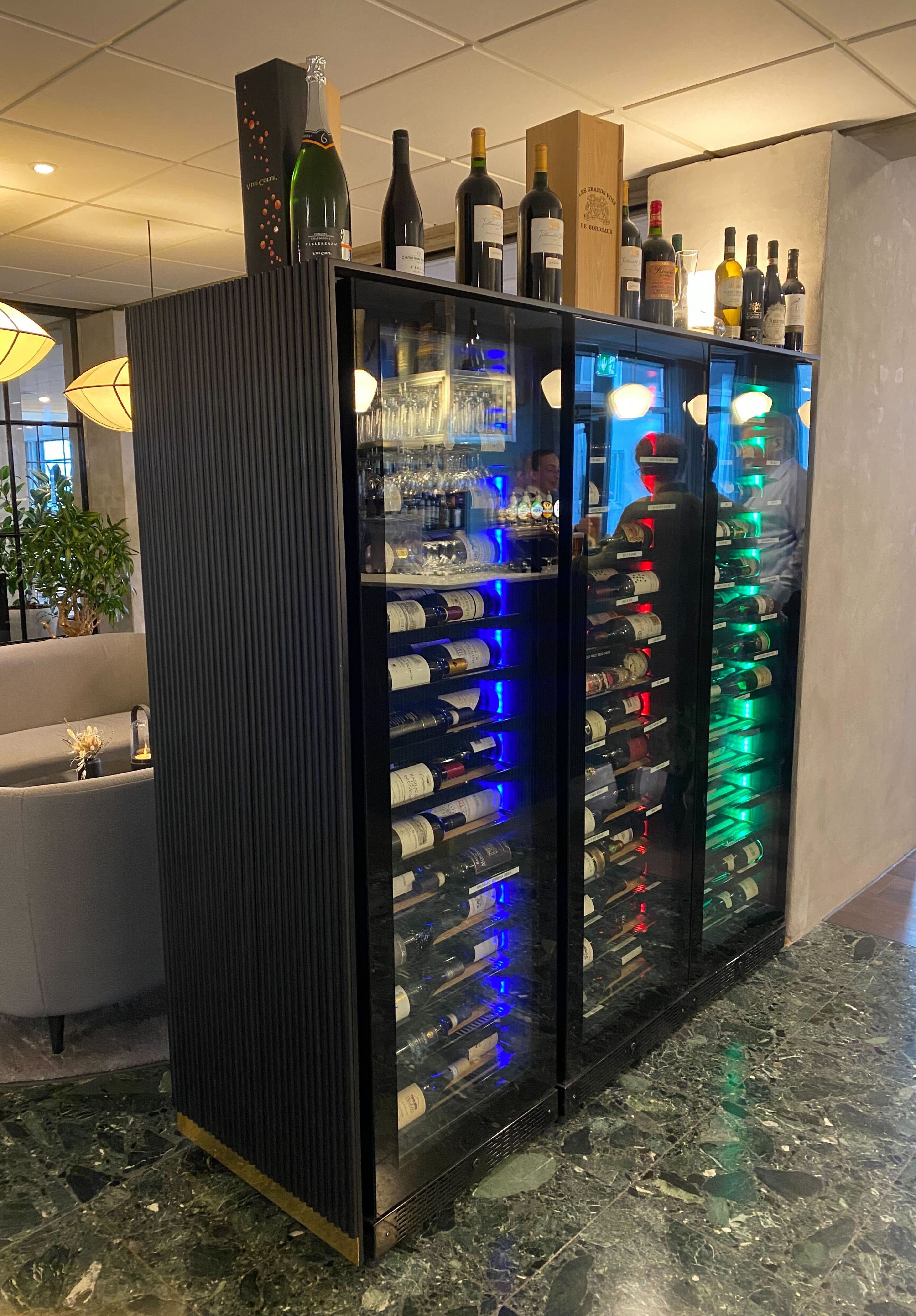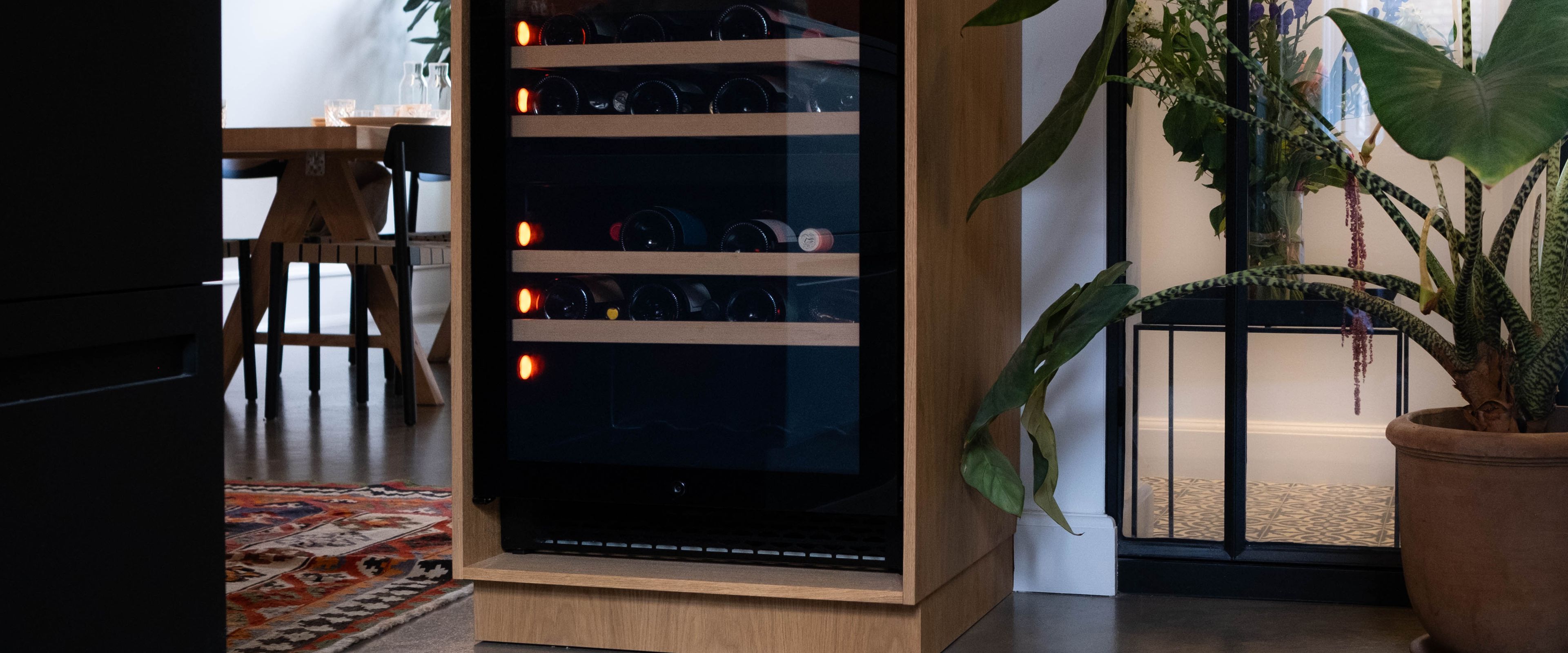
Guides
Inspiration – wine coolers
Wine coolers
Choose the right one for you
In our selection you will find a wide range of wine coolers, which include products with several different temperature zones and shelf packs with shelves in different materials.
Most of our wine coolers also have integrated LED lighting that can be adjusted in different shades to suit the room and mood.
Whether you’re looking for practical solutions for storing your wine correctly, or you want to add a decorative element to your home, we have something to suit every taste and need.

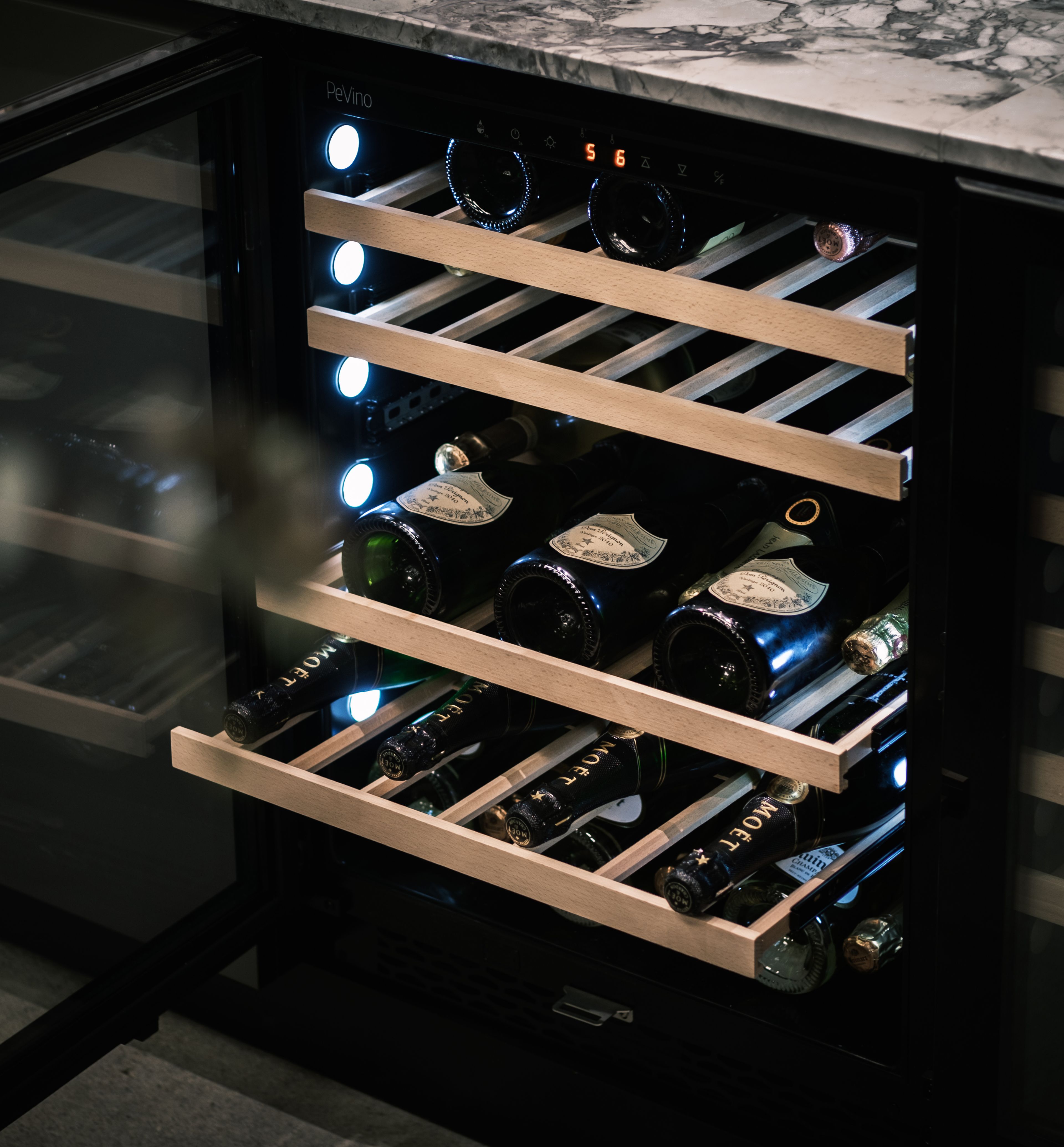




Temperature zones
The number of temperature zones depends on how you want to use your wine cooler.
The advantage of multiple temperature zones is the possibility of long-term storage of wine and cooling of wine for serving – at the same time and both under perfect conditions.
Read the blog post Worth knowing about wine coolers here and learn a lot more before you make your choice.


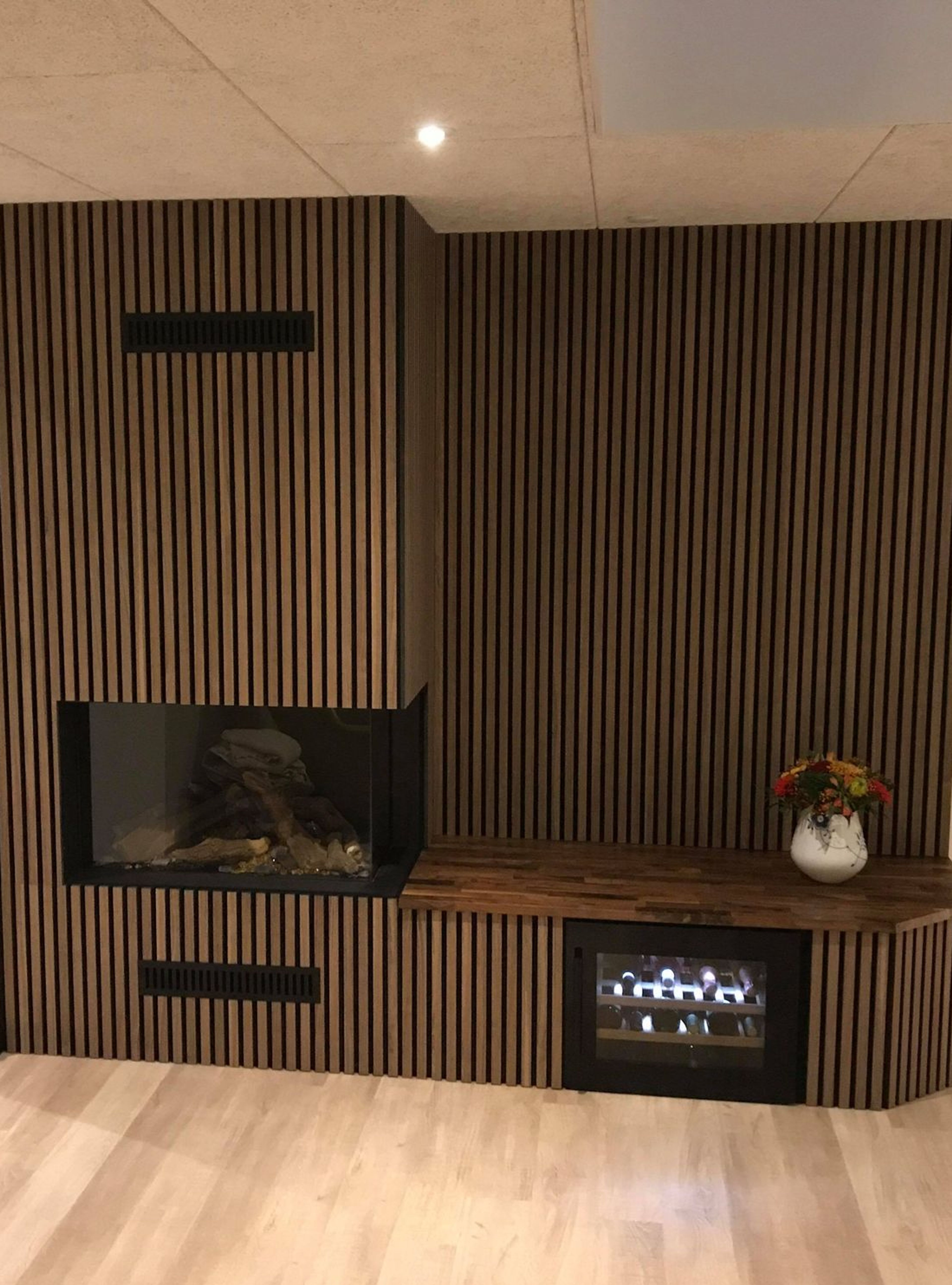
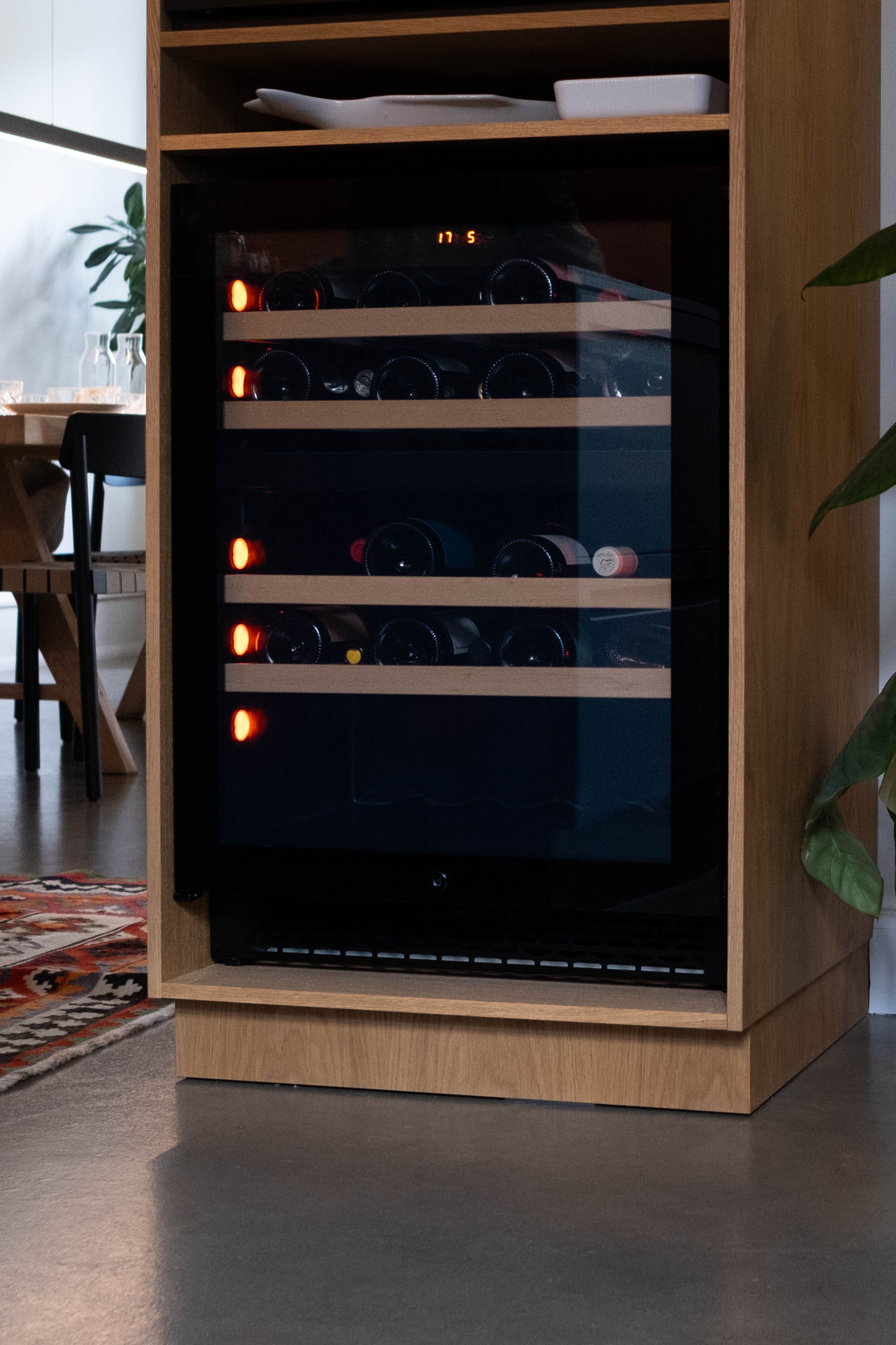
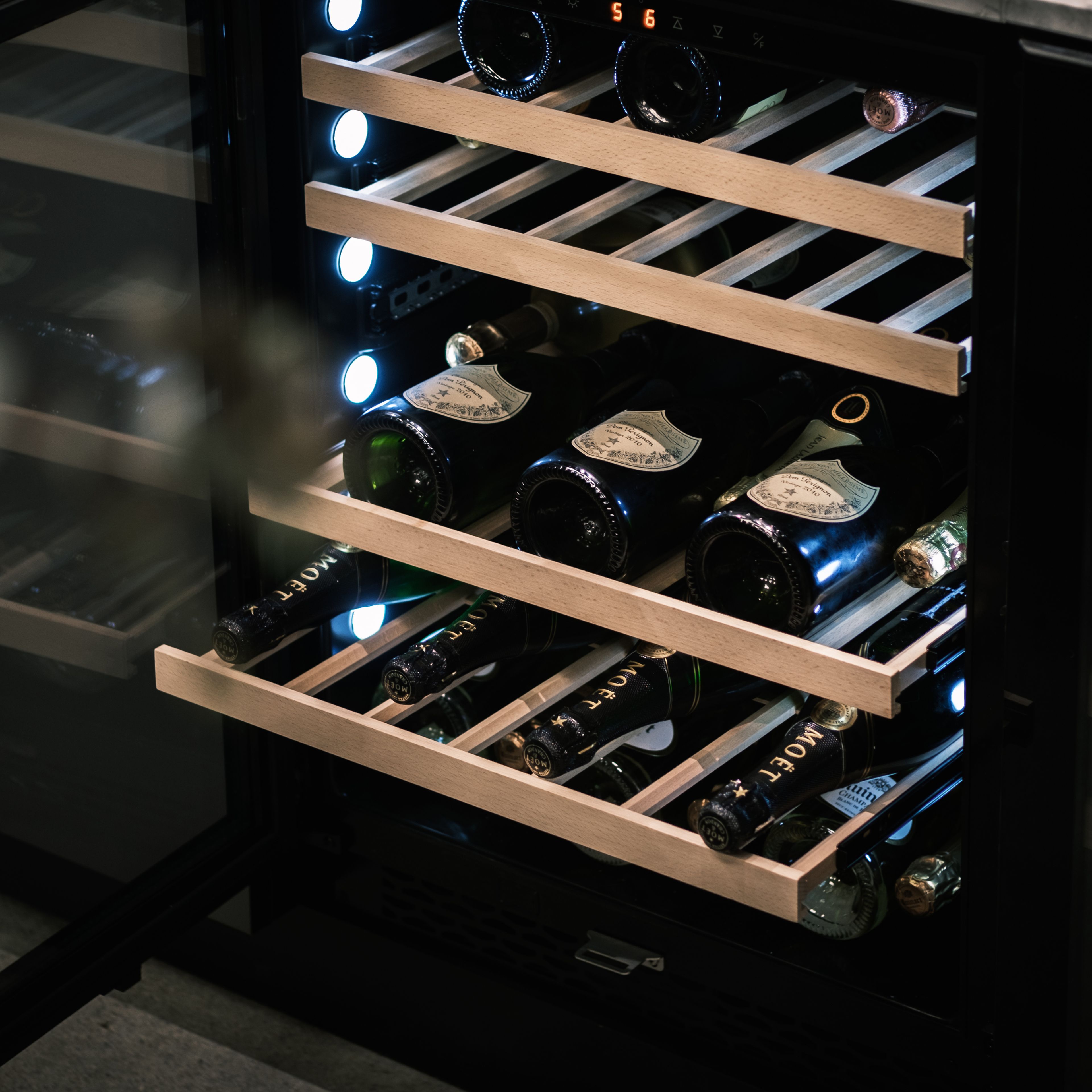
Wineandbarrel’s advice
Need guidance to find the wine cooler that matches your needs?
Let us help you find the perfect solution for your needs. Book a meeting with one of our experienced sales consultants and get personal advice. Whether you need a discreet built-in wine cooler for your newly renovated kitchen or a freestanding one for your basement, we are ready to help you choose the right wine cooler.
Visit one of our showrooms and discover our range of high-quality wine coolers, or book a meeting today and let us help you find the perfect storage solution for your wine.



Placement
A free-standing wine cooler can be placed anywhere as long as long as there is 5 cm of free air on all sides.
A built-in wine cooler is designed to replace a kitchen unit.
An integrated wine cooler is placed in an existing kitchen unit. This means that you already have a kitchen cabinet and then the wine cooler is placed on a shelf in the kitchen module itself.
Read more about the different locations here.



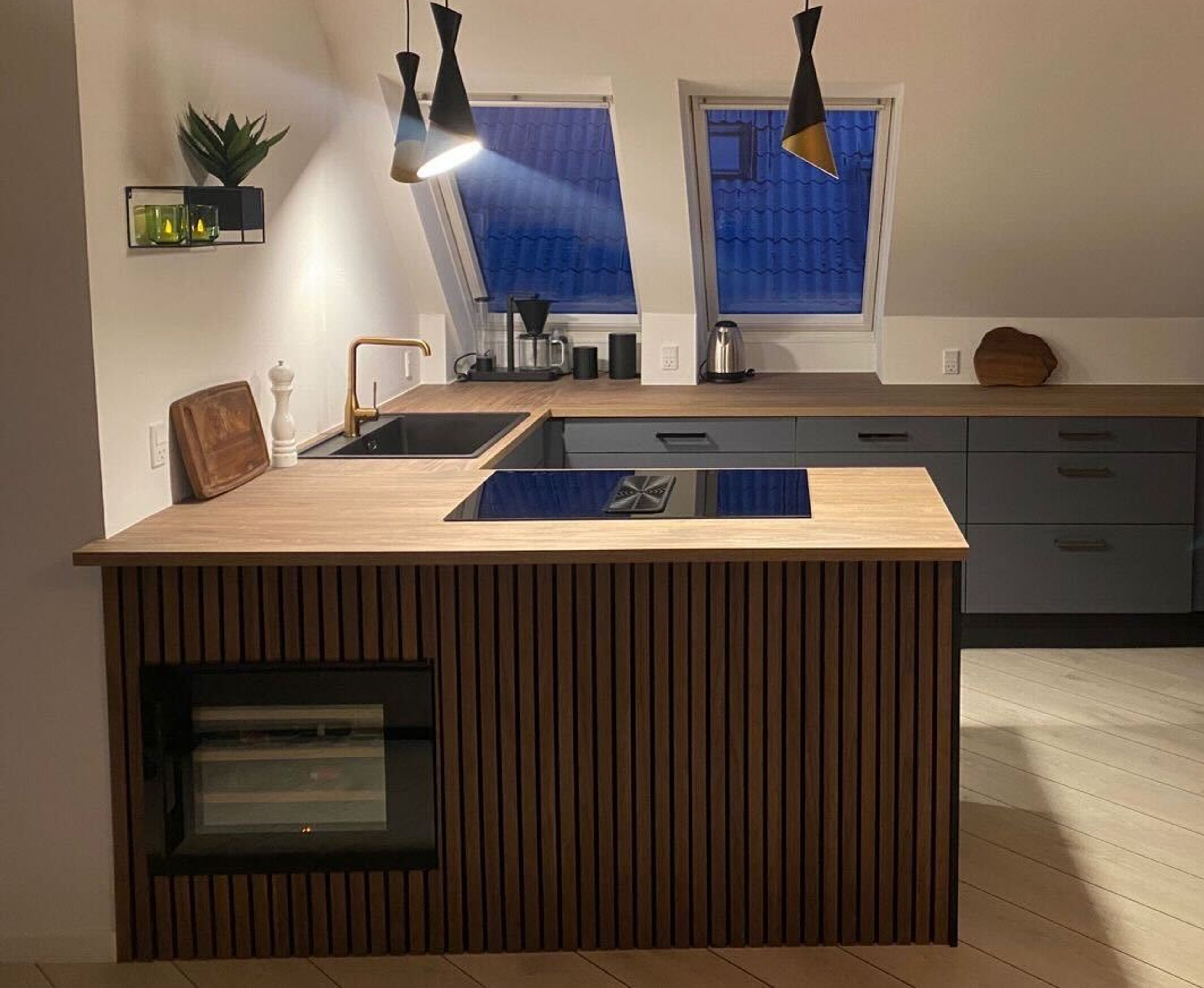
Inspiration
Choose the right wine cooler
In our selection, you’ll find a wide range of wine coolers, so whether you’re looking for practical solutions for storing your wine correctly or want to add a decorative element to your home, we have something to suit every taste and need.

